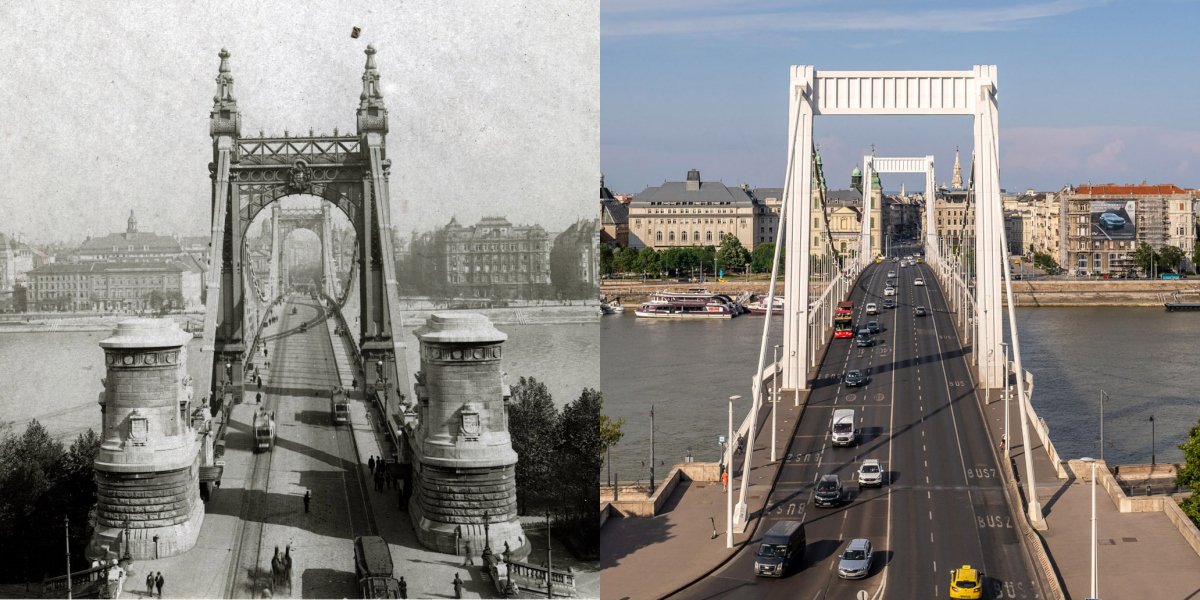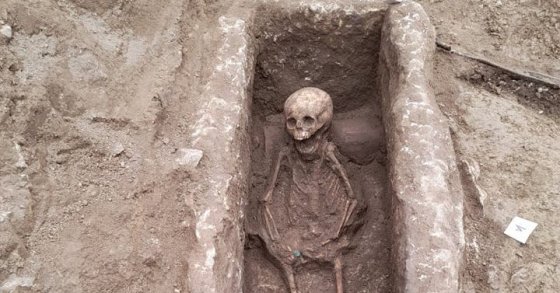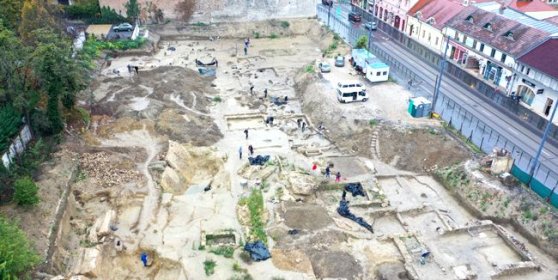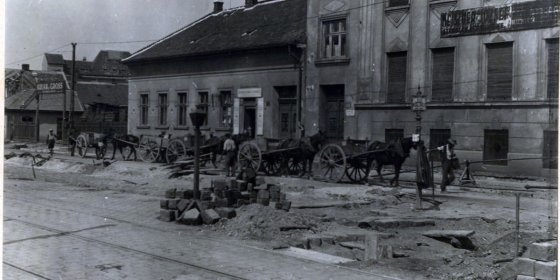 The „intertwined history” of the bridges and the city of Budapest
Which ideas and events have shaped the fate of bridges of Budapest and the cityscape? Alongside many other interesting facts, this question is also answered this newly published book by the Budapest City Archives, which introduces the history of bridges in Budapest.
The „intertwined history” of the bridges and the city of Budapest
Which ideas and events have shaped the fate of bridges of Budapest and the cityscape? Alongside many other interesting facts, this question is also answered this newly published book by the Budapest City Archives, which introduces the history of bridges in Budapest.
Bécsi Road
 Budapest then and today – 5 photos showing how much the city has changed over a century
Budapest then and today – 5 photos showing how much the city has changed over a century
June 24, 2021 at 9:00 AM
Comparing past and present is always exciting. Walking around the city, one can often wonder what this or that street used to look like, what houses stood, and which were built later. If someone looks at an archive picture, the old buildings that still stand today, such as the Parliament or the St. Stephen's Basilica, help them find their way. At the same time, they can admire the once small-town atmosphere of Csalogány Street, the almost unrecognisable Deák Square or the old Erzsébet Bridge that many still consider to be one of the most beautiful bridges built in Hungary.
Archaeologists unearth remains of Roman child during dig near Bécsi Road
April 18, 2021 at 2:00 PM
A grave from the late Roman era has been excavated on a construction site near Kolosy Square in Óbuda, in the former cemetery of the Military City Aquincum. The tomb housed the remains of a small child who was once buried with pots and coins, and a headrest made of tiles was placed under his head.
Exciting artefacts found in cemetery of Roman military encampment
December 21, 2020 at 2:00 PM
Bird rattles, curse tablets, glass jars and jewellery have been unearthed during at an excavation in Óbuda, near Bécsi Road, in the cemetery of the Roman-era Military town of Aquincum.
How a road to Vienna resulted in a re-evaluation of Budapest
October 3, 2020 at 2:00 PM
The Budapest–Vienna Highway was specifically designed for cars and opened 90 years ago, on 4 October 1930. Public opinion in the country and the capital hoped that the new road would improve Hungary's geopolitical situation and improve tourism. Perhaps not many readers know that drivers would have had to leave the capital through Bécsi Road (Bécs is the Hungarian name for Vienna) in the 3rd District to reach the Austrian capital.
More articles
 The „intertwined history” of the bridges and the city of Budapest
Which ideas and events have shaped the fate of bridges of Budapest and the cityscape? Alongside many other interesting facts, this question is also answered this newly published book by the Budapest City Archives, which introduces the history of bridges in Budapest.
The „intertwined history” of the bridges and the city of Budapest
Which ideas and events have shaped the fate of bridges of Budapest and the cityscape? Alongside many other interesting facts, this question is also answered this newly published book by the Budapest City Archives, which introduces the history of bridges in Budapest.
 The Bridge Report, which brought a turning point in the history of Budapest
A travel report that changed the history of Pest and Buda, as well as Hungary. The little book contributed to the change of half a thousand years of legal customs and the implementation of an investment of unprecedented size and technical quality. This book was The Bridge Report [Hídjelentés in Hungarian].
The Bridge Report, which brought a turning point in the history of Budapest
A travel report that changed the history of Pest and Buda, as well as Hungary. The little book contributed to the change of half a thousand years of legal customs and the implementation of an investment of unprecedented size and technical quality. This book was The Bridge Report [Hídjelentés in Hungarian].
 Drama on the university wall - The heroic monument was planned 95 years ago
In the constant hustle and bustle of the Egyetem Square in Pest, the students may not even notice the monument that decorates the short section of wall between the church and the central building of ELTE. However, it commemorates their predecessors, the heroes who fought for their country in World War I, and those who heroically helped them. The first design of the dramatically collapsing soldier was born in 1928, ninety-five years ago.
Drama on the university wall - The heroic monument was planned 95 years ago
In the constant hustle and bustle of the Egyetem Square in Pest, the students may not even notice the monument that decorates the short section of wall between the church and the central building of ELTE. However, it commemorates their predecessors, the heroes who fought for their country in World War I, and those who heroically helped them. The first design of the dramatically collapsing soldier was born in 1928, ninety-five years ago.



